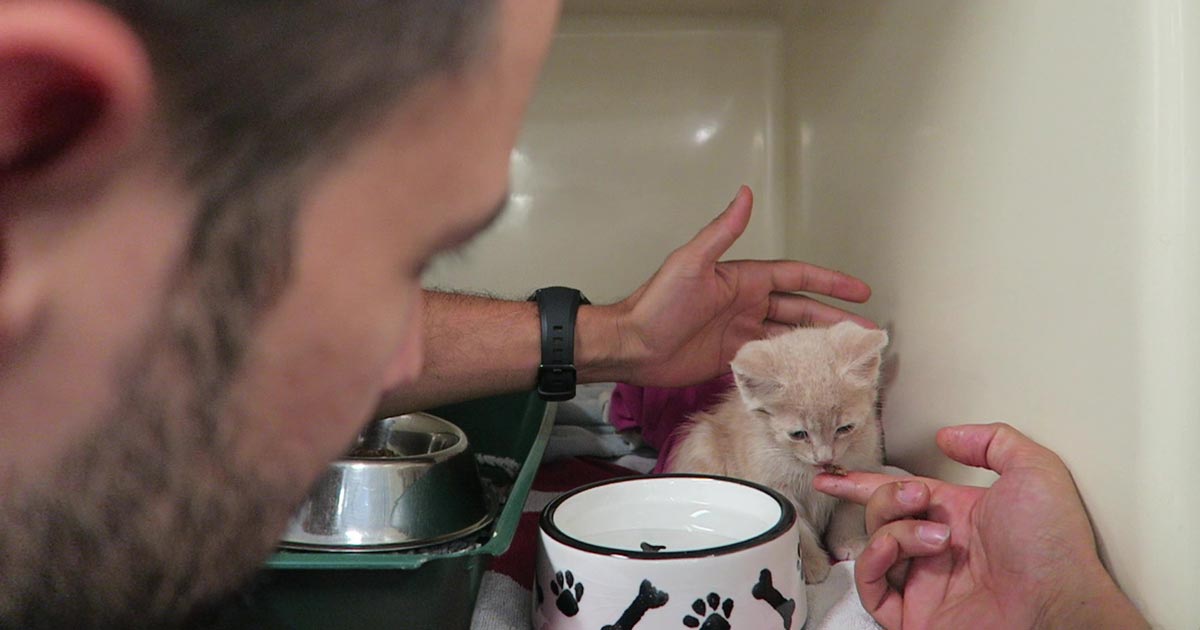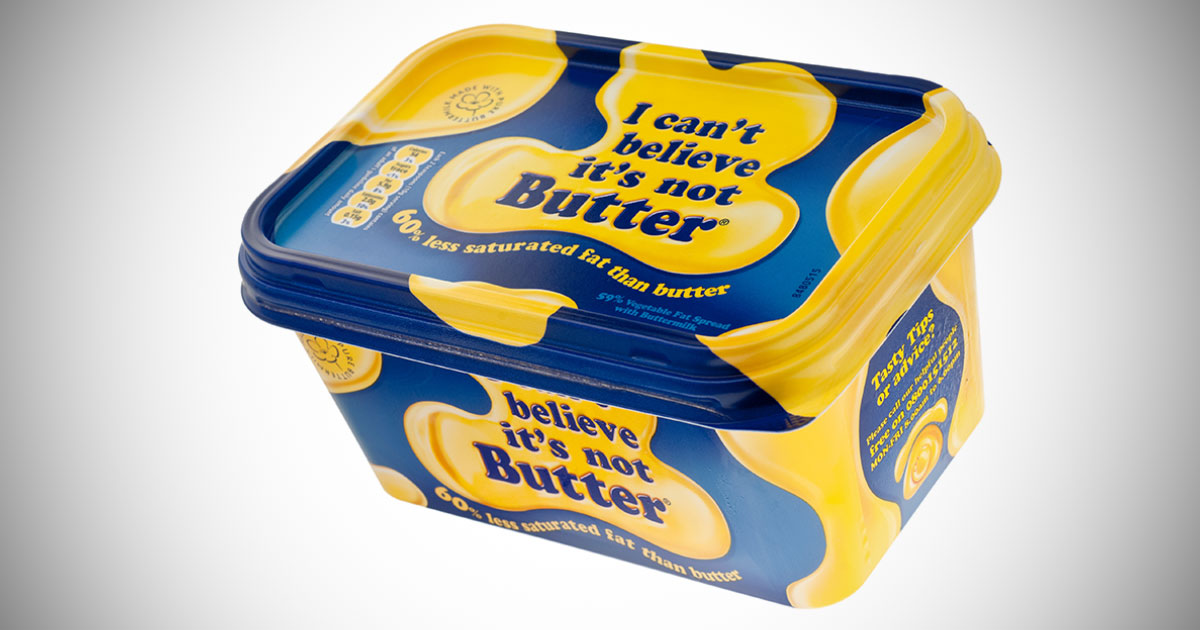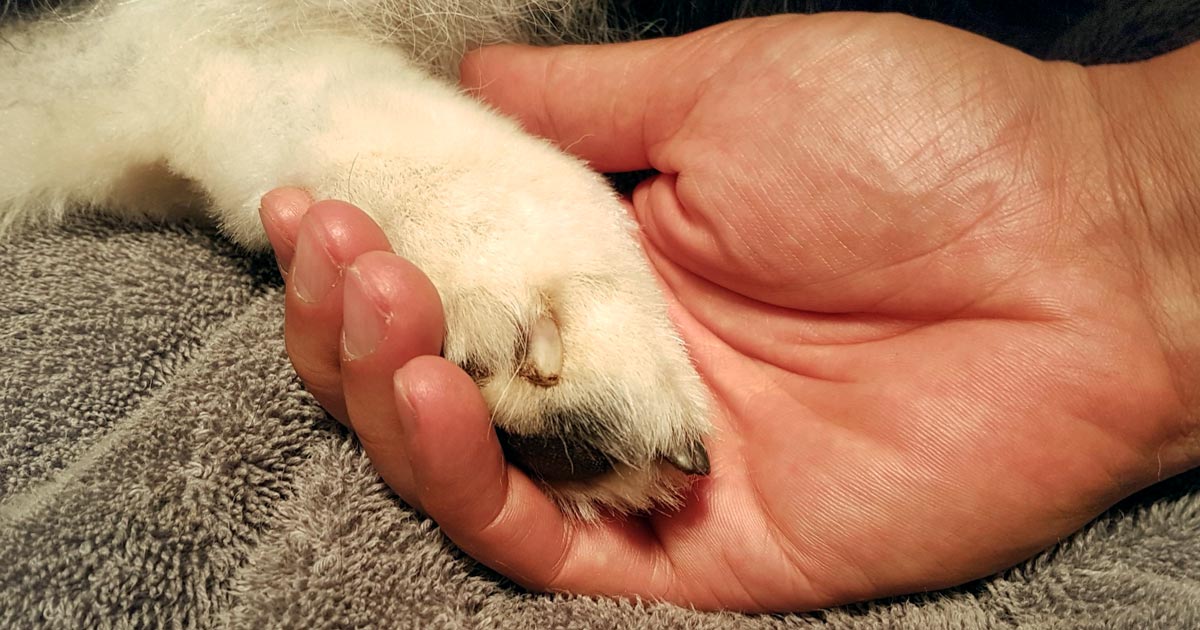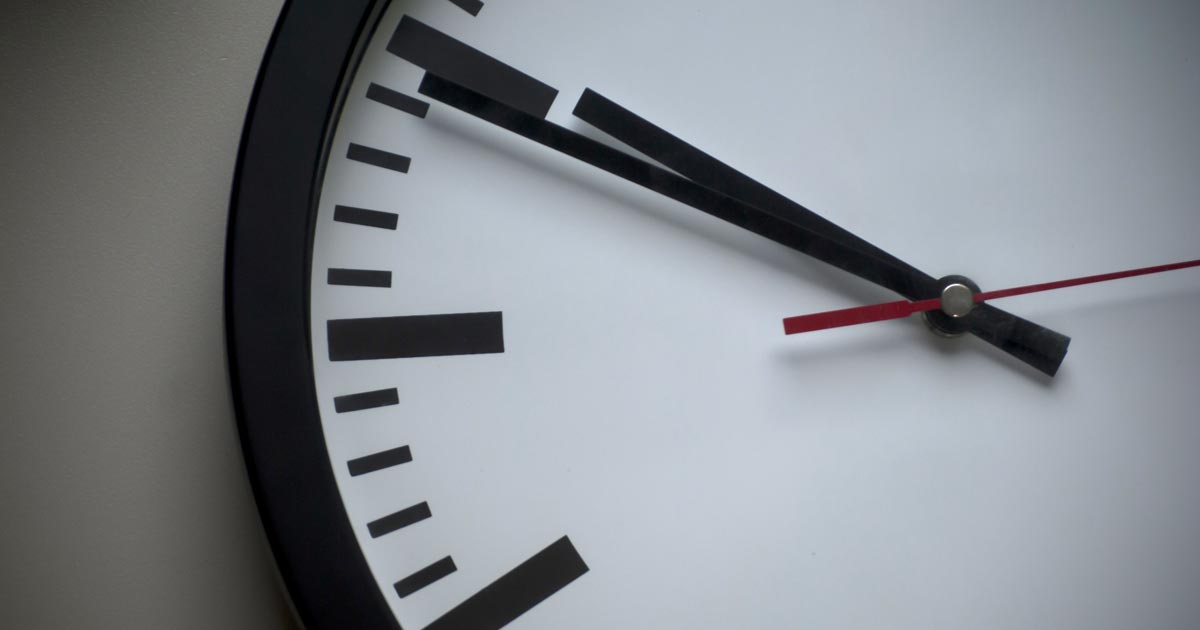Tag: Pain Management
-

What is resilience?
—
by
Resilience is the ability to bounce back from problems and setbacks or when things don’t go as planned. It’s a quality we all possess to some degree, but some of us can draw on it more easily than others, or can take bigger knocks (or more knocks) than others can. Resilience is important because it…
-

Feline aortic thromboembolism
—
by
If a cat comes in unable to walk, consider the three Ps: pain paralysis pulselessness Feline aortic thromboembolism (FATE) should be on top of your differentials. Figure 1 demonstrates the colour change in the paws of an affected cat outlining blood flow: the pink pad is the unaffected cat’s front paw, while the pale pad…
-

Nutritional healing power
—
by
Nutrition is a key factor in a patients recovery; in fact, numerous studies show getting patients to eat as soon as possible or providing nutritional support early has several benefits: Patients start to eat on their own earlier. They are less nauseous once they start. Reduced mortality. Improved wound healing. All of these contribute to…
-

Is puppy yoga flexibly ethical?
—
by
Is puppy yoga the new cat café? Is it a new passing trend or here to stay? Either way, as a student with a passion for both fitness and animals, I was initially intrigued. But I can’t help but have concerns for whether this practice is beneficial for all members of the class. Five freedoms…
-

Moving pictures
—
by
There must be something in the air this November, what with a decade of blogs to read through, I seem to be reminiscing quite a lot. This hasn’t been maudlin navel gazing, I promise. It has motivated me on a few fronts. The most obvious one is that there are now new videos on my…
-

Urinalysis
—
by
I’m hoping we all survived the recent heatwave. Sadly, at the height of it, I was confined to my bedroom with a suspected kidney infection and a 38°C temperature. So, no lounging on the beach and swimming for me; more a case of lying in a darkened room and wondering, could you get a positive…
-

Globetrotting RVN takes to the streets
—
by
Vets Now RVN Katherine Alexander has used her skills in Africa and China, the South Pacific and now Glasgow. She’s cared for bears and pumas, elephants and jaguars, as well as ministering, more routinely, to domestic pets. The common link is that, in all those places, her time has been given freely – outside of…
-

Euthanasia (part 2): caring for the patient
—
by
Last month we discussed the importance of caring for clients during the process of euthanising their much-loved pet. This month, we focus on your patient. The goals of euthanasia are always to make it as painless, fearless and stress-free as possible for the patient. Pain relief Most patients presented for euthanasia are either suffering from…

